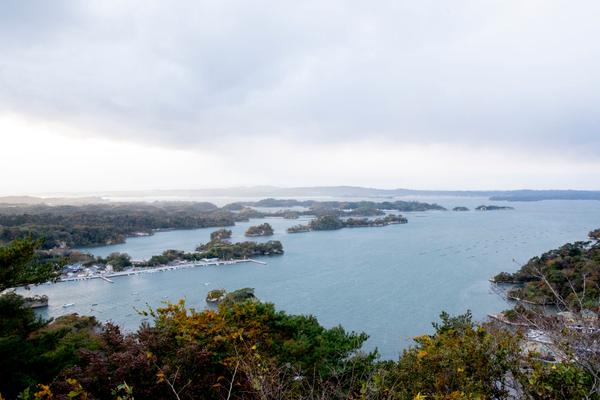As Japan continues relaxing COVID-19 entry policies and allowing more international travelers to visit the much-loved country, the Japan National Tourism Organization is capitalizing on the time spent without international travel to focus on promoting more sustainable destinations, experiences and accommodations with a new brochure featuring sustainable travel offerings in Japan.
The brochure, called “Explore Deeper: Sustainable Travel Experiences in Japan,” is available to view, download or print on Japan’s official tourism website under Travel Brochures.
ADVERTISING
Trending Now

“Japan’s travel industry is taking initiative to achieve United Nations’ Sustainable Development Goals (SDGs). At JNTO, our sustainability pledge focuses on three major pillars: the Environment, our Culture, and our Economy. With these three pillars, we hope not only to enrich and protect them, but also let them enhance travelers’ experiences in the country,” said Michiaki Yamada, JNTO’s Executive Director in New York.

“While sustainability is often thought of as solely protecting the environment, Japan and JNTO’s efforts go beyond in order to protect local and indigenous cultures and to revitalize small businesses recovering from the economic downturn of the pandemic,” Yamada continued. “By highlighting several sights and experiences throughout our country, we hope to not only enrich and educate travelers, but to pass down these important aspects of Japanese culture while helping support local small businesses.”
The guide focuses on a variety of different sustainable travel offerings, such as outdoor adventures, Japan’s food culture, sustainable accommodations, traditional towns and heritage stays, annual cultural festivals and more.
Outdoor Adventures in Japan
Outdoor adventures are available everywhere in Japan, and one such adventure for both the body and the spirit is the Kumano Kodo Pilgrimage Route, a UNESCO World Heritage Site located in the Wakayama Prefecture. The centuries-old route continues to draw travelers from around the world to contemplate the natural world and enjoy a scenic path that travelers can hike on a one-hour, three-hour or multi-day tour.

Water lovers can enjoy a variety of activities both in freshwater lakes and along the coastline of Japan. At the Yoshino-Kumano National Park, scuba divers can explore a rich underwater world filled with squid, sea turtles, seahorses and more, while kayakers can glide across the transparent waters of Lake Shikotsu, a volcanic caldera in Shikotsu-Toya National Park, considered the clearest waters in the entire country.
Sustainable Accommodations
The brochure also features some of the most exciting and interesting sustainable accommodations in Japan, ranging from more traditional hotel concepts to the completely unique, like the Treeful Treehouse Resort.
Located in Okinawa, the resort opened last summer and offers eco-friendly accommodations in the form of treehouses, powered by natural energy production. Guests can enjoy being immersed in the surrounding forest, with gorgeous views of the forest canopy and ample seclusion.

An eco-friendly urban hotel awaits in Kyoto: the Good Nature Hotel is certified sustainable in its construction and features plant-heavy seasonal and locally sourced dishes along with other sustainable practices. The lifestyle hotel offers a wide variety of wellness activities as well, including yoga and meditation, along with excursions to nearby attractions.
Curious For More?
Japan offers so many responsible and sustainable travel experiences. Check out the brochure for a definitive guide, or visit the Japan National Tourism Organization’s website to learn more.





